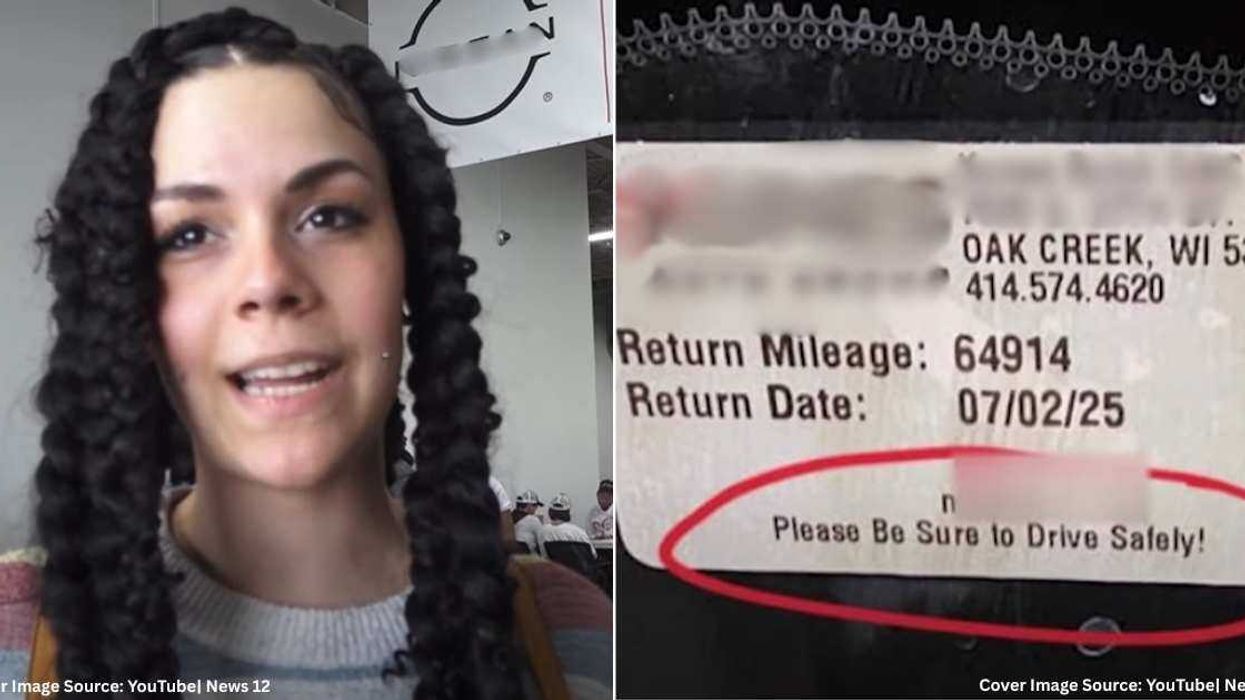More than 17 million families—15 percent of all households—went without food at some point last year. That's about the same as 2008, which was a 15-year high. This is mostly more bad news about our sluggish economy, but there are some nuggets for optimism in this year's Food Insecurity Report by the United States Department of Agriculture.
Among states, food insecurity ranged from a 6.7 per cent level in North Dakota to a 17.7 per cent high in Arkansas, as measured over a three-year period through 2009.
First the real bad news: The study also found that 6.7 million of those households—with about one million children—had consistent problems putting food on the table all year long. Those are what the government calls "very food insecure" families. The number has tripled since 2006, since the recession started. That number is the true tragedy of our society.
And the silver lining: Kevin Concannon, USDA undersecretary for food, nutrition and consumer services is somewhat hopeful according to the Washington Post. He points out that the number of hungry families stayed flat from 2008 even though the number of unemployed Americans increased. That's a sign we're getting food to people who need it, in part because more Americans are enrolling in, and benefiting from, our social safety net. Fifty-seven percent of "very food insecure" households are enrolled in food stamps, WIC, or other government programs. In total about one in four of households in America has at least one person signed up of benefits.
Visits to food pantries were also up 48 percent according to Feeding America. Hunger advocates like them are calling for an increase in donations to meet the need, but more importantly they say, is to push quick political action before the end of this Congressional session and pass the Healthy Hunger Free Kids Act.
What's the solution to our epidemic of hunger? Is it more government programs? More charity?















 Otis knew before they did.
Otis knew before they did.